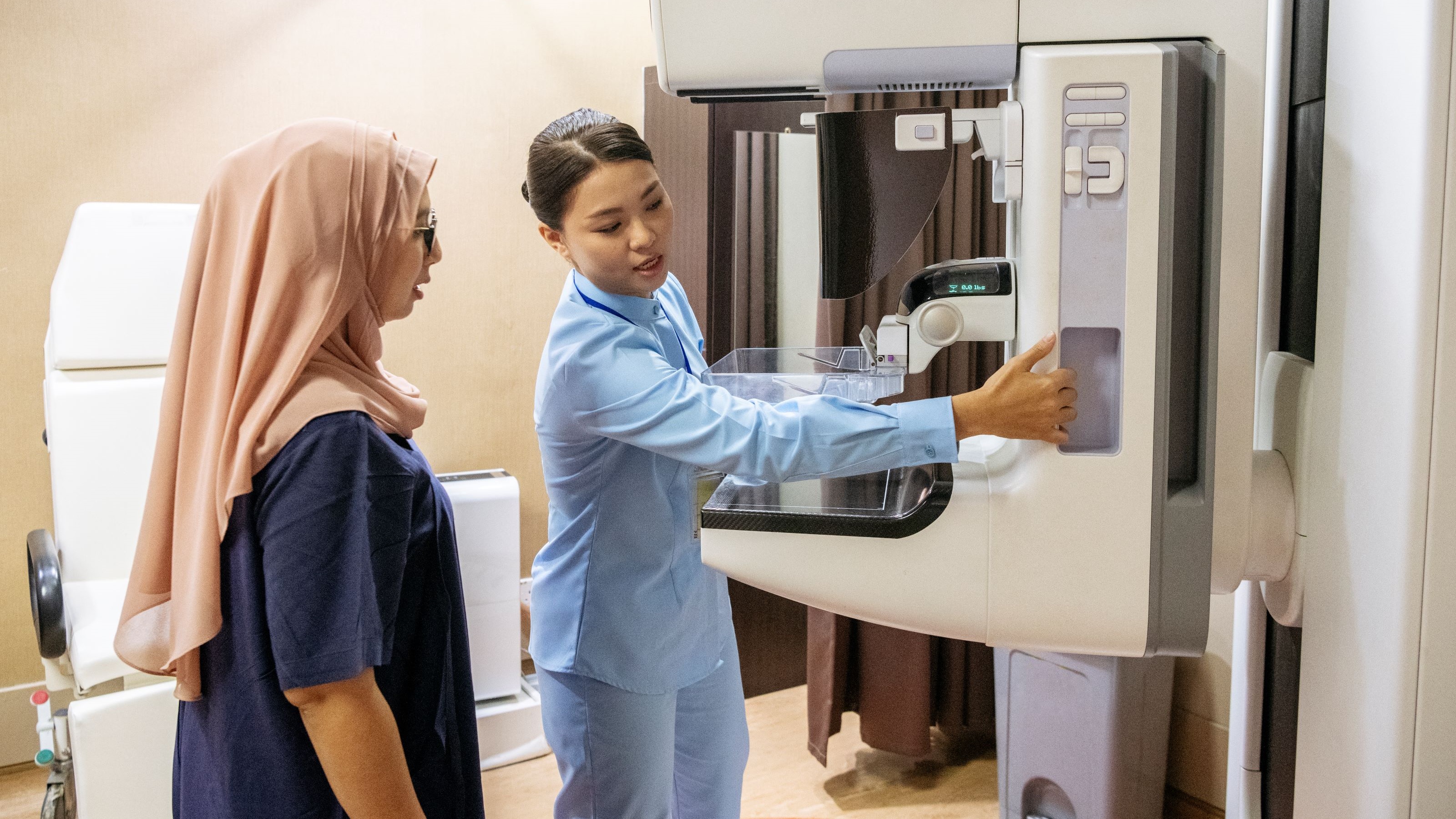
Guidance for when to start getting mammograms was updated by the U.S. Preventive Services Task Force on Tuesday, lowering the recommended starting age to 40. It's a good reminder that as much as you maintain investments in your stock portfolio, you should be maintaining investments in your health.
The task force had raised the recommended starting age from 40 to 50 in 2009, according to The New York Times, so this reversal is significant and demonstrates a dramatic new outlook on the screenings. There has been an apparent increase in cancer diagnoses in women under 50, per the Times, and there is still a stark difference in survival rates for Black women diagnosed with breast cancer.
"New and more inclusive science about breast cancer in people younger than 50 has enabled us to expand our prior recommendation and encourage all women to get screened in their 40s," the USPSTF said in their draft language released Tuesday. "We have long known that screening for breast cancer saves lives, and the science now supports all women getting screened, every other year, starting at age 40."
Preventative care is an investment in your health
If there's one thing I'm really adamant about, it's keeping up with preventative health measures. Schedule your annual doctor's appointment, swing by a gynecologist, get a flu shot, and if you're already at the dermatologist's office to get your new retinoid prescription, might as well ask them to do a skin check, too.
Yes, it takes some effort to schedule these appointments and get yourself there — that's what makes it an investment. And investments get returns. If you keep up with regular screenings, you'll be more likely to catch issues before they become more serious (and expensive) problems.
Plus, aside from the time it takes up, preventive health care often isn't an expensive investment. The Affordable Care Act signed by President Barack Obama in 2010 requires most health insurance plans to cover recommended preventive services without cost to the patient.
"Preventive services that have strong scientific evidence of their health benefits must be covered and plans can no longer charge a patient a copayment, coinsurance or deductible for these services when they are delivered by a network provider," the Health Resources and Services Administration explains.
This includes mammograms, screenings for cervical cancer, and prenatal care, along with other services, according to the HRSA.
I'm grateful to my family and friends who have gone through treatments for breast cancer — grateful, because they followed guidelines for screenings and asked for care when something felt wrong, investing in their health so we get plenty more time together.







